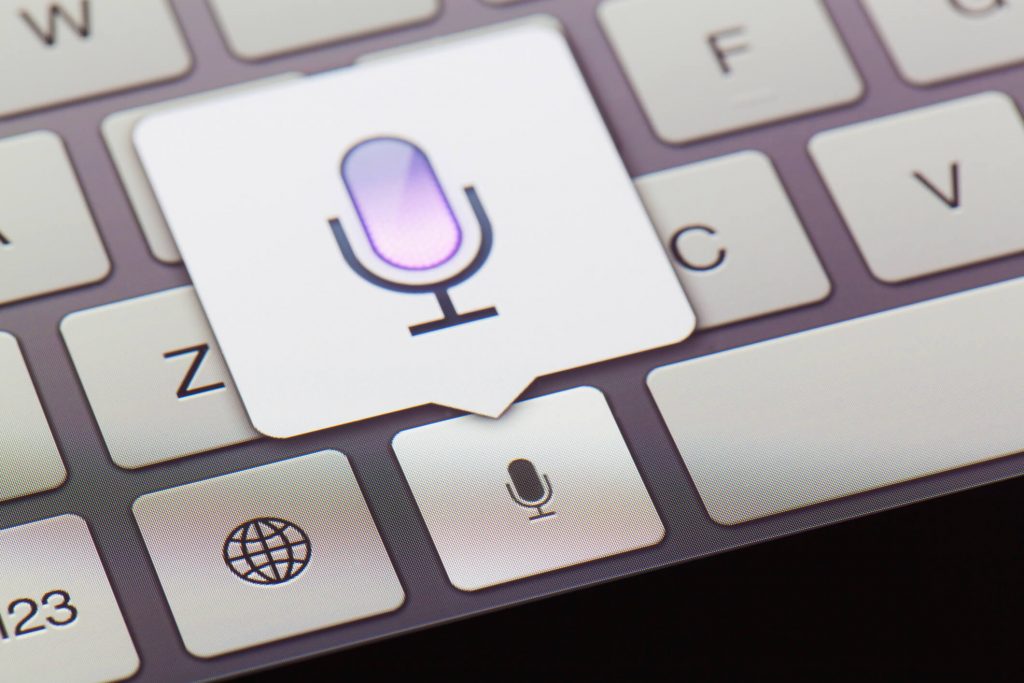Difficulty with speech and communication is a frustrating reality for many living with ALS. From apps to devices and voice banking, communication is a popular topic (as in over 35k conversations) on PatientsLikeMe, so we took a closer look into some of the options out there for pALS.
Tablets: Windows vs. iPad vs. Android
Trouble with typing or hand weakness? Amy, an augmentative communication specialist at Forbes Norris ALS Research and Treatment Center, recommends Windows (8 or 10) and Android tablets:
- Windows devices have USB ports which makes them the most compatible with accessories like a mouse, joystick, eye tracking or head tracking device.
- Androids may be compatible with these accessories as well, but often require a USB adapter. Adaptors are specific to the Android port and are inexpensive and easy to find online if you search for “USB adapter” and the make and model of your Android device.
- iPads don’t offer these accessory options that use a pointer because their screens don’t display a mouse cursor. They do offer switch scanning access methods (a system by which a series of choices are highlighted and can be selected by hitting/activating a switch) for people who can’t use their hands on a screen or external keyboard. Some pALS find scanning too slow compared to cursor movers like a mouse or eye tracking.
Text-to-speech apps:
If you have difficulty speaking, there are many app options that convert text to speech:
- Speak it! (iPad)
- Type and Speak (Android)
- AlphaCore (Windows): If you banked your voice using Message Banking (for Windows), this app provides a one-step import of voice files to save time.
- Predictable (for iPad): If you created a personal synthesized voice with software like ModelTalker or VocaliD, this app allows you to import and use your synthesized voice.
Want to know more about communication devices? Check out Amy’s tips for paying for your tablet, hands-free options and message and voice banking.
Voice banking:
Many people with ALS who experience problems with speech, voice, and communication choose to preserve their voice for future use.
How does voice banking work?
Voice banking is a process that allows a person to record a set list of phrases with their own voice, while they still have the ability to do so. The recording is then converted to create a personal synthetic voice.
When the person is no longer able to use their own voice, they can use the synthetic voice in speech-generating communication devices to make an infinite number of words and sentences. The “new” voice isn’t a perfect replica of the person’s natural speech, but it will bear some resemblance.
Want to bank your voice?
Check out these options:
ModelTalker: A software designed for people who are losing or who have already lost their ability to speak. It allows people who use a Speech Generating Device (SGD) to communicate with a unique personal synthetic voice that sounds similar to their own voice.
Message Banking: An app that enables you to record and save messages in your own voice that can later be imported into a Speech Generating Device (SGD) or several tablet communication apps.
VocaliD: A platform that creates unique vocal identities for any device that turns text into speech. From just a three-second sample of sound that you make, the app can match you with a speaker from its voice bank and blend your vocal sounds with their recordings. Check out this moving video to see how voice banking changed the life of one man living with ALS and gave his family a piece of something they thought they had lost forever.
How much does it cost? Recording and banking your voice is free with programs like VocaliD, Message Banking or ModelTalker. With VocaliD, you only pay to download and use your synthesized voice. Pricing starts at $1,199.
When should you bank your voice? VocaliD recommends that you bank your voice sooner rather than later. With two options from VocaliD, you can bank your voice no matter where you are in your speech loss:
- BeSpoke Voice: For people with speech impairment who are able to record three seconds of sound.
- Vocal Legacy: For people who want to preserve their voice for the future and are able to record several hours of speech.
Have you banked your voice? Do you use a synthesized voice? Join PatientsLikeMe today to share your experience.


Nice article and good information provided by your
Provides a great Information! I think this blog is very useful. I have seen several blogs but information found really good.